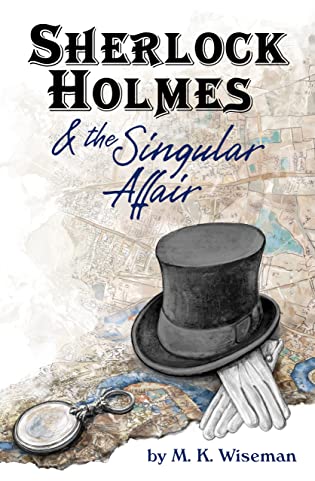 Sherlock Holmes & the Singular Affair by M.K. Wiseman
Sherlock Holmes & the Singular Affair by M.K. Wiseman Format: eARC
Source: supplied by publisher via Edelweiss
Formats available: hardcover, paperback, ebook
Genres: historical fiction, historical mystery, mystery
Pages: 200
Published by M.K. Wiseman on December 7, 2021
Purchasing Info: Author's Website, Amazon, Barnes & Noble, Kobo, Bookshop.org
Goodreads
Before Baker Street, there was Montague.
Before partnership with a former army doctor recently returned from Afghanistan, Sherlock Holmes had but the quiet company of his own great intellect. Solitary he might be but, living as he did for the thrill of the chase, it was enough.
For a little while, at the least, it was enough.
That is, until a client arrives at his door with a desperate plea and an invitation into a world of societal scandal and stage door dandies. Thrust deep in an all-consuming role and charged with the safe-keeping of another, Holmes must own to his limits or risk danger to others besides himself in this the case of the aluminium crutch.
My Review:
After last week’s marvelous book, I was looking for more Sherlock Holmes – as is often the case. So here we are with this little gem.
Many, it feels like most, Sherlock Holmes stories purport to be written by another, usually Dr. John H. Watson, and published by a third or fourth party. By presenting the story as being another person’s recollections and/or impressions of the Great Detective, while the reader is left thinking that they know what Holmes was “like”, what they really know is what the writer/observer “thought” Holmes was like.
As a writing device, it puts Holmes at one or more removes, as the writer imbues the character with his or her own slant on what Holmes thought and did, and then the reader slants that slant. Which fits fairly well with Holmes’ perception or presentation of himself as a thinking machine with few human emotions.
It’s also part of what makes the saying that “every generation has its Sherlock” so true, in that a 21st century author has the opportunity to fit Holmes into the writer’s time and place – as Conan Doyle himself did – or the reader’s time and place or any other in between depending on who is used as Holmes’ biographer/narrator.
This particular entry in the not-quite-canon of Holmes pastiches takes an entirely different tack. The Singular Affair that Holmes must deal with in this adventure occurred before he ever met Watson. Holmes is young – only 26 – and living alone on Montague Street in a flat that is in no way large enough to contain his experiments, his office, and himself.
In other words, his housekeeping is atrocious, there is no Mrs. Hudson in sight, and the tools of his trade have outgrown any and all possible housing for them in the space available. Or, in his present circumstances, affordable.
It allows us to see that Holmes already needs Watson, even if he doesn’t believe he will ever find someone who will be able to tolerate his work, his mess, his single-mindedness or himself with any degree of equanimity.
So Holmes is at the beginning of his career, just far enough along that his name opens many doors – and closes a few others. He has no one to serve as his amanuensis, so he tell the story himself.
But it is removed, as this story is in a manuscript that Dr. John H. Watson discovers amongst Holmes’ papers in the wake of the Great Detective’s death. It’s a story that Holmes tells, but one that he tells of his early career written at the end of his long and celebrated one.
And what a fascinating tale it is.
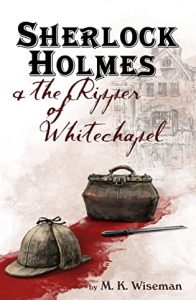 Escape Rating B: On the one hand, the story does its best to read as the kind of adventure that Watson so successfully wrote. It is chock full of desperate clients, misdirection, multiple identities and shady underworld connections as any Holmes’ fan might wish.
Escape Rating B: On the one hand, the story does its best to read as the kind of adventure that Watson so successfully wrote. It is chock full of desperate clients, misdirection, multiple identities and shady underworld connections as any Holmes’ fan might wish.
At the same time, it also includes a bit more feeling and not-quite-purple prose than one’s interpretation of Holmes would lead one to expect. The sort of prose and the sort of internal feelings that were part of Watson’s narration but aren’t as expected coming from Holmes’ own pen based on the interpretation of the man that we are familiar with from the pen of Watson.
(The author’s previous foray into Holmes pastiches, Sherlock Holmes & the Ripper of Whitechapel, also foregoes the use of Watson as chronicler, but for an entirely different reason. if this author continues her chronicles of Holmes’ adventures we’ll see if this trend continues in any form. I hope we do.)
On yet another hand, the story is of Holmes’ own early days, when he was both a bit full of the false sense of immortality that we all are capable of at that age, while still more than occasionally being hit upside the head – sometimes literally – by the things he does not yet know or understand.
So the case, as his cases often do, starts out simple to the point of not seeming to be worth his time, only to end up nearly getting Holmes and the man he originally thought was the villain, killed.
It begins with a young woman who is certain that her childhood friend and correspondent has been abducted and that someone else has taken his place – even though everyone else tells her that she’s wrong. She’s not, of course, or Holmes wouldn’t have a case to follow.
But in the best Holmesian traditional mistaken identities and misdirection, she is also wrong. A conundrum that leads Holmes on a very wild goose chase indeed.
The game is afoot! Chasing after Sherlock Holmes as he chases after that game is as much fun as ever. I hope that we see more such tales from this author in the future.


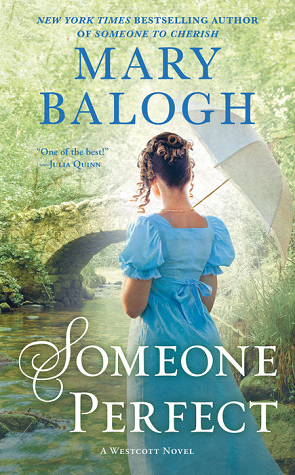 Someone Perfect (Westcott, #9) by
Someone Perfect (Westcott, #9) by  The
The 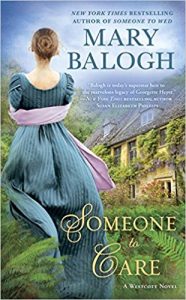 Escape Rating B+: I hesitated a bit before starting this, because I was still getting over last week’s foray into historical romance. But I’m glad I picked this one up after all.
Escape Rating B+: I hesitated a bit before starting this, because I was still getting over last week’s foray into historical romance. But I’m glad I picked this one up after all.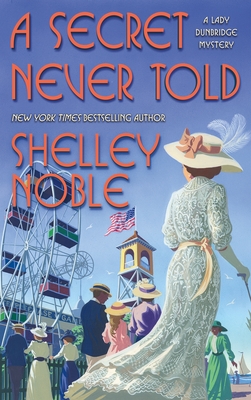 A Secret Never Told (Lady Dunbridge Mystery, #4) by
A Secret Never Told (Lady Dunbridge Mystery, #4) by 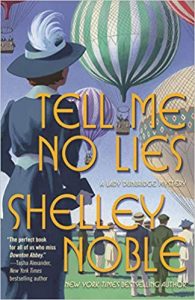 If someone threw Phryne Fisher and Mary Russell into the proverbial blender, they’d get someone like Lady Philomena Dunbridge, the protagonist/more-or-less amateur detective of this series. (The publisher originally referred to the series as Miss Fisher meeting Downton Abbey, but the Downton Abbey reference is starting to fall by the wayside – which is a good thing as it was never terribly apropos and now isn’t at all.)
If someone threw Phryne Fisher and Mary Russell into the proverbial blender, they’d get someone like Lady Philomena Dunbridge, the protagonist/more-or-less amateur detective of this series. (The publisher originally referred to the series as Miss Fisher meeting Downton Abbey, but the Downton Abbey reference is starting to fall by the wayside – which is a good thing as it was never terribly apropos and now isn’t at all.)

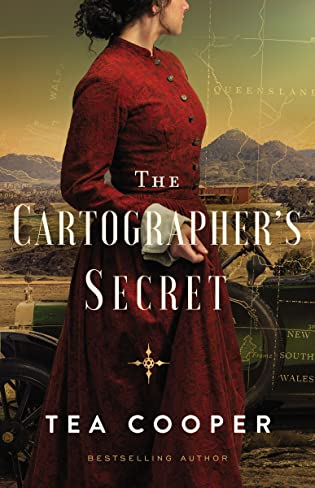 The Cartographer's Secret by
The Cartographer's Secret by 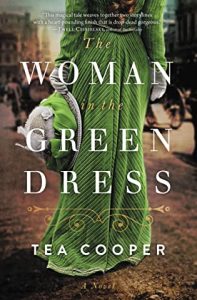 I picked this up because I loved not one but two of the author’s previous books,
I picked this up because I loved not one but two of the author’s previous books, 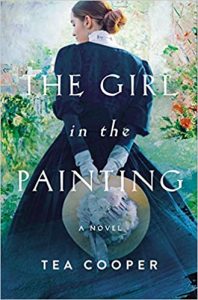 If only she can manage to stand up to her mother.
If only she can manage to stand up to her mother.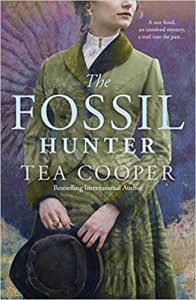 For this reader, it was the journey that I loved. The destination was cathartic, but what kept me glued to this book was the way that Lettie kept searching – even when the discoveries were painful.
For this reader, it was the journey that I loved. The destination was cathartic, but what kept me glued to this book was the way that Lettie kept searching – even when the discoveries were painful.
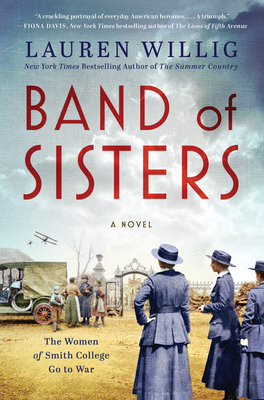 Band of Sisters by
Band of Sisters by 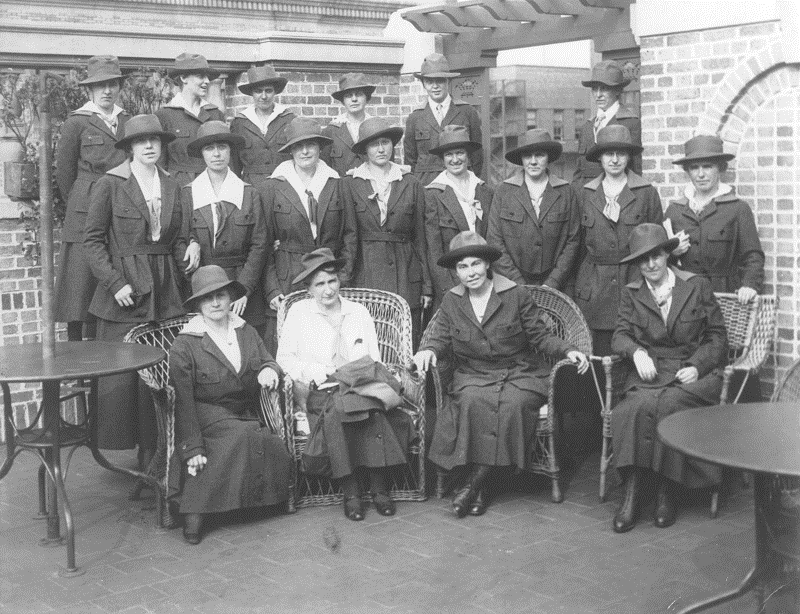
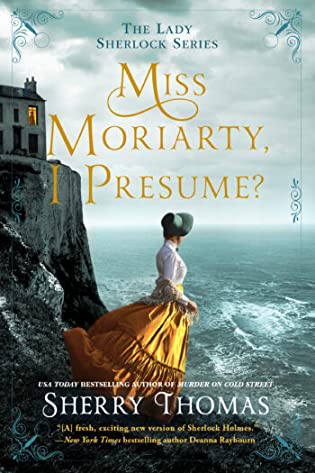 Miss Moriarty, I Presume? (Lady Sherlock, #6) by
Miss Moriarty, I Presume? (Lady Sherlock, #6) by 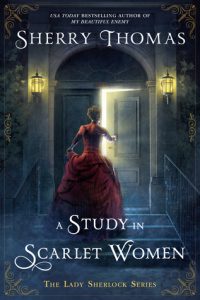 Charlotte Holmes doesn’t actually utter that paraphrase of Henry Morton Stanley’s famous greeting of Dr. David Livingstone in 1871, although she certainly could have. Miss Moriarty, I Presume? takes place in 1887, during the year of Queen Victoria’s Golden Jubilee.
Charlotte Holmes doesn’t actually utter that paraphrase of Henry Morton Stanley’s famous greeting of Dr. David Livingstone in 1871, although she certainly could have. Miss Moriarty, I Presume? takes place in 1887, during the year of Queen Victoria’s Golden Jubilee.
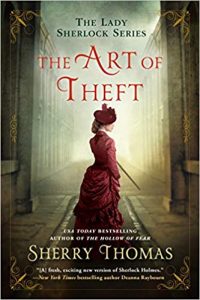
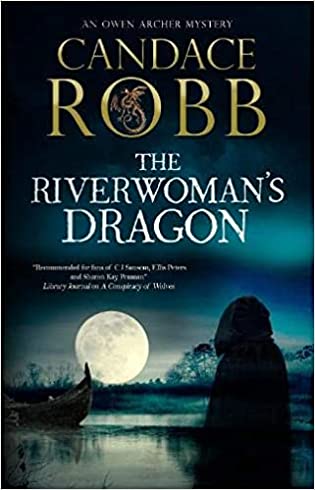 The Riverwoman's Dragon by
The Riverwoman's Dragon by 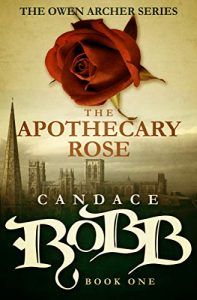 As this series has continued from its beginning in
As this series has continued from its beginning in 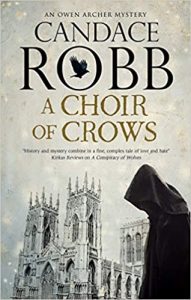 She’s a wisewoman who might just be a practitioner of real magic. Or might just be an old woman who has experienced a lot, shares the wisdom she has gathered in her long life, and just occasionally dreams that she is a dragon swimming in the river. That this particular question is never really answered feels like an integral part of her mystery.
She’s a wisewoman who might just be a practitioner of real magic. Or might just be an old woman who has experienced a lot, shares the wisdom she has gathered in her long life, and just occasionally dreams that she is a dragon swimming in the river. That this particular question is never really answered feels like an integral part of her mystery.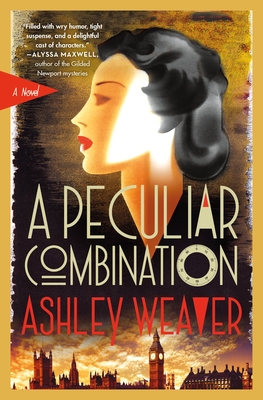 A Peculiar Combination (Electra McDonnell, #1) by
A Peculiar Combination (Electra McDonnell, #1) by 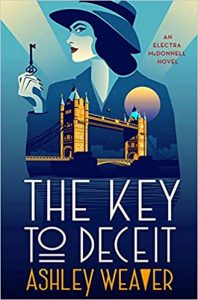 Returning to Major Ramsey, the man with both a stick and his head up his fundament, there is actually a second “peculiar combination” in this story. A romantic triangle – if that’s what it eventually turns out to be as the series progresses. Ramsay may be romantically interested in Ellie – there certainly are hints in that direction. Ellie is at least attracted to Ramsay, as he’s more than handsome enough, but she’s wary of his imperious manner and his upper-crust background. Meanwhile, there’s another man vying for Ellie’s heart, a childhood friend who is, as the saying goes, no better than he ought to be. But then, neither is Ellie. I hope that this conundrum is eventually resolved with as deft a hand as the spy case is wrapped up in this first book in the series, because as much as I’ve loved the adventure and the misdirection so far, I would be even happier with this story without the potentially messy romantic entanglements. YMMV
Returning to Major Ramsey, the man with both a stick and his head up his fundament, there is actually a second “peculiar combination” in this story. A romantic triangle – if that’s what it eventually turns out to be as the series progresses. Ramsay may be romantically interested in Ellie – there certainly are hints in that direction. Ellie is at least attracted to Ramsay, as he’s more than handsome enough, but she’s wary of his imperious manner and his upper-crust background. Meanwhile, there’s another man vying for Ellie’s heart, a childhood friend who is, as the saying goes, no better than he ought to be. But then, neither is Ellie. I hope that this conundrum is eventually resolved with as deft a hand as the spy case is wrapped up in this first book in the series, because as much as I’ve loved the adventure and the misdirection so far, I would be even happier with this story without the potentially messy romantic entanglements. YMMV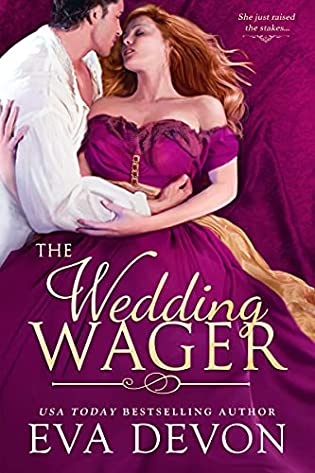 The Wedding Wager by
The Wedding Wager by  Sisters of the Great War by
Sisters of the Great War by 